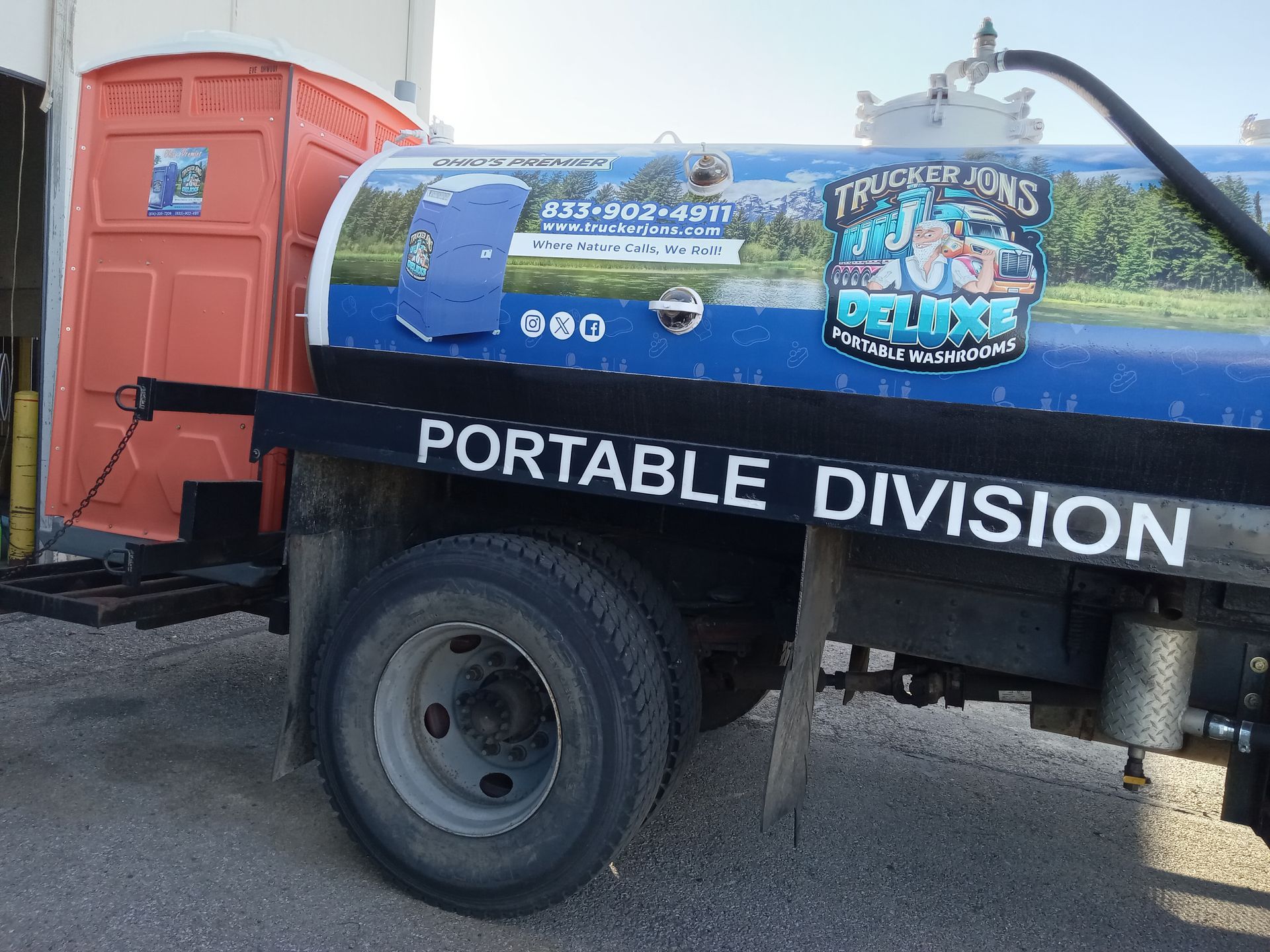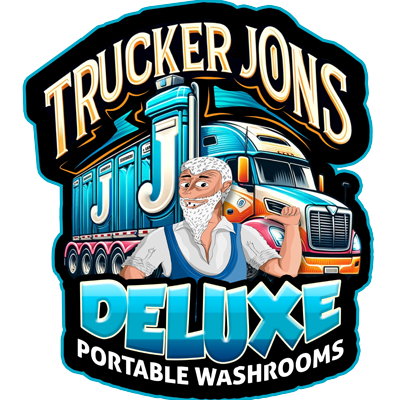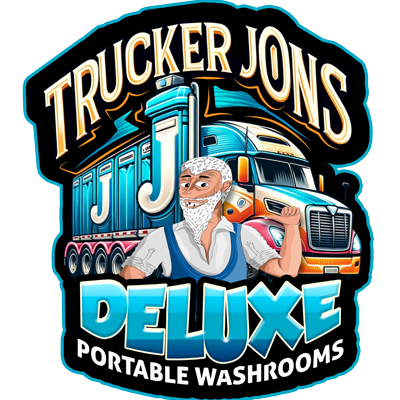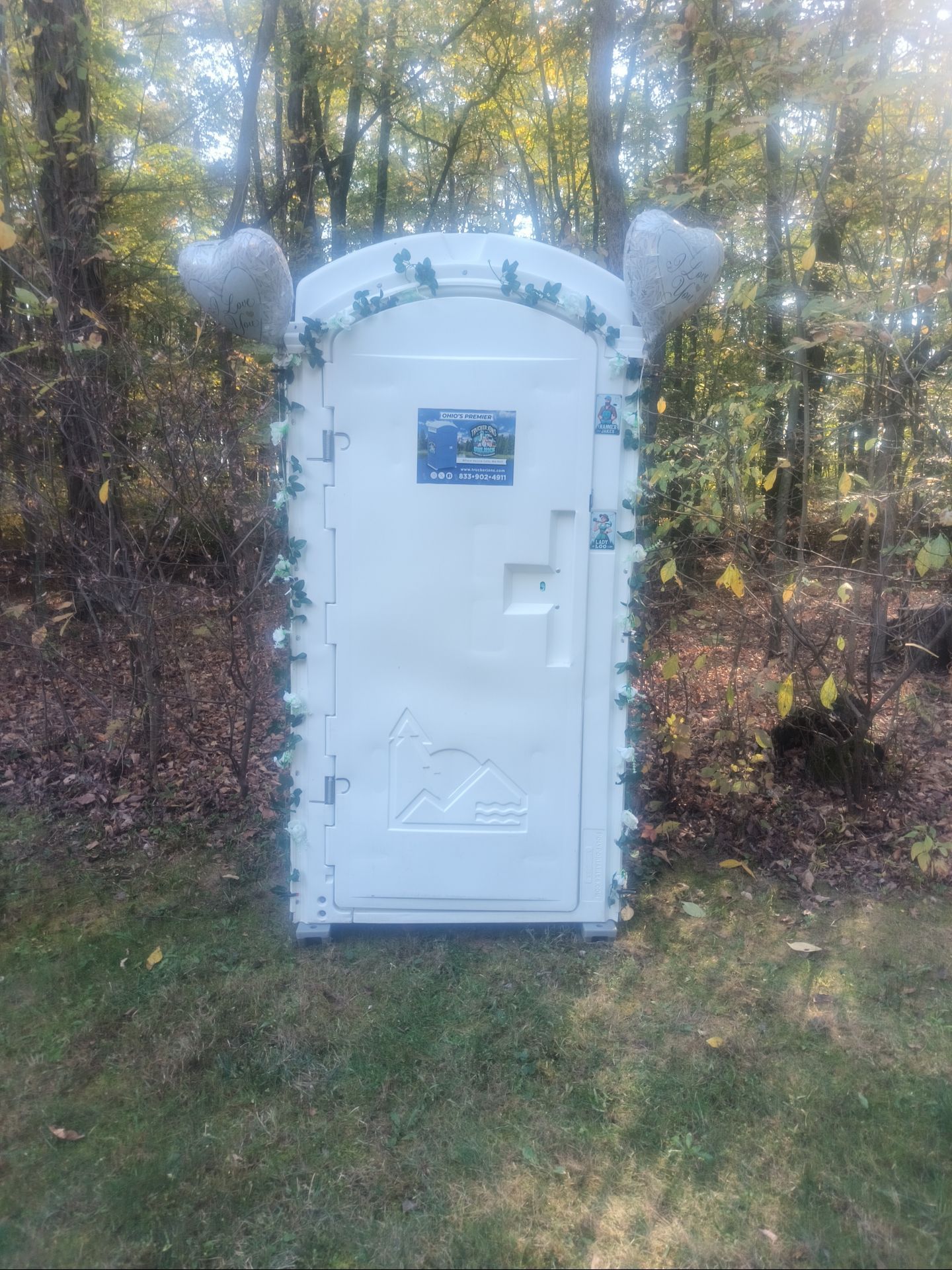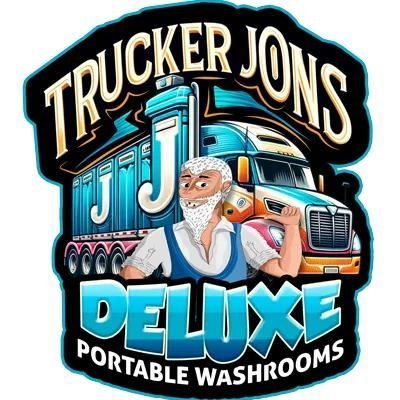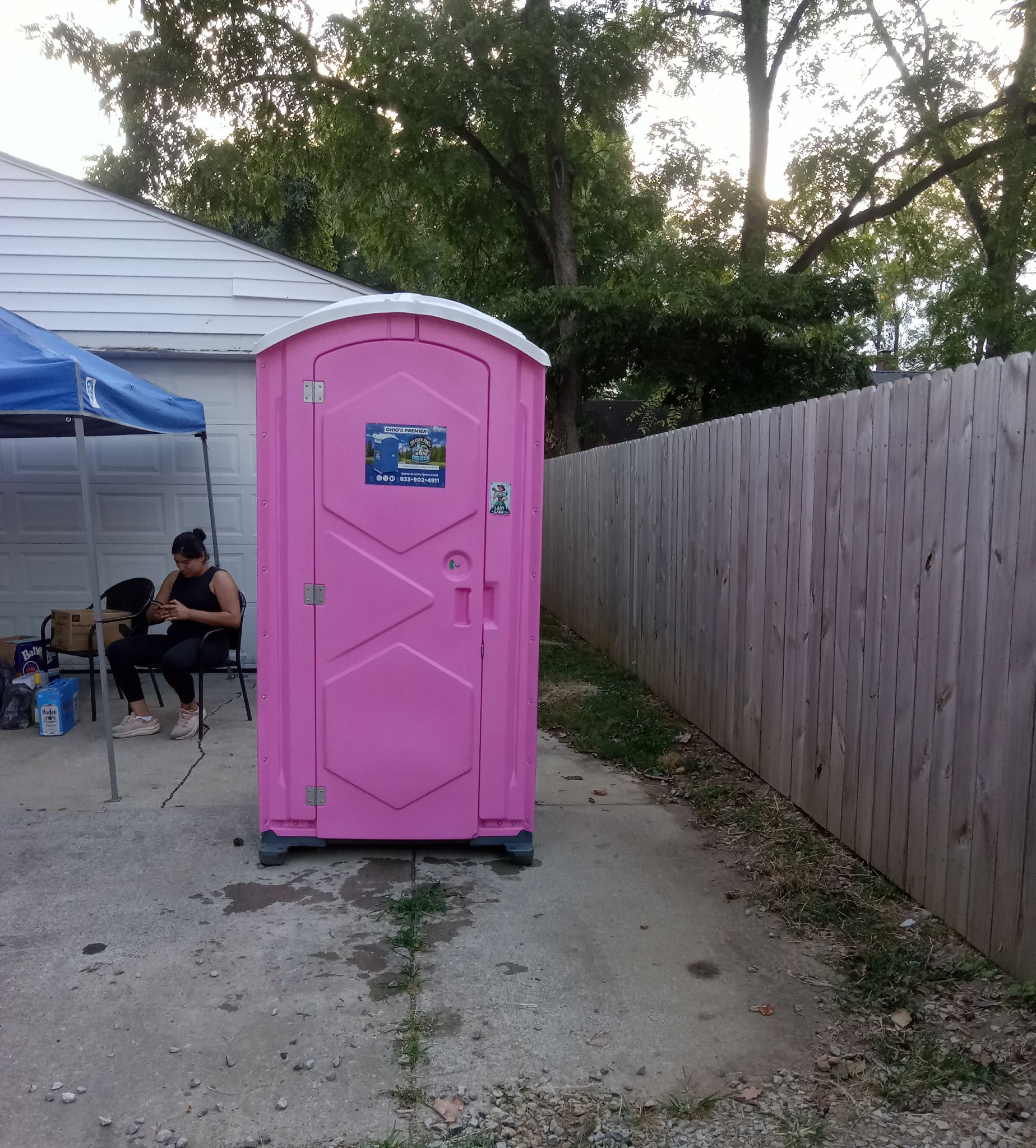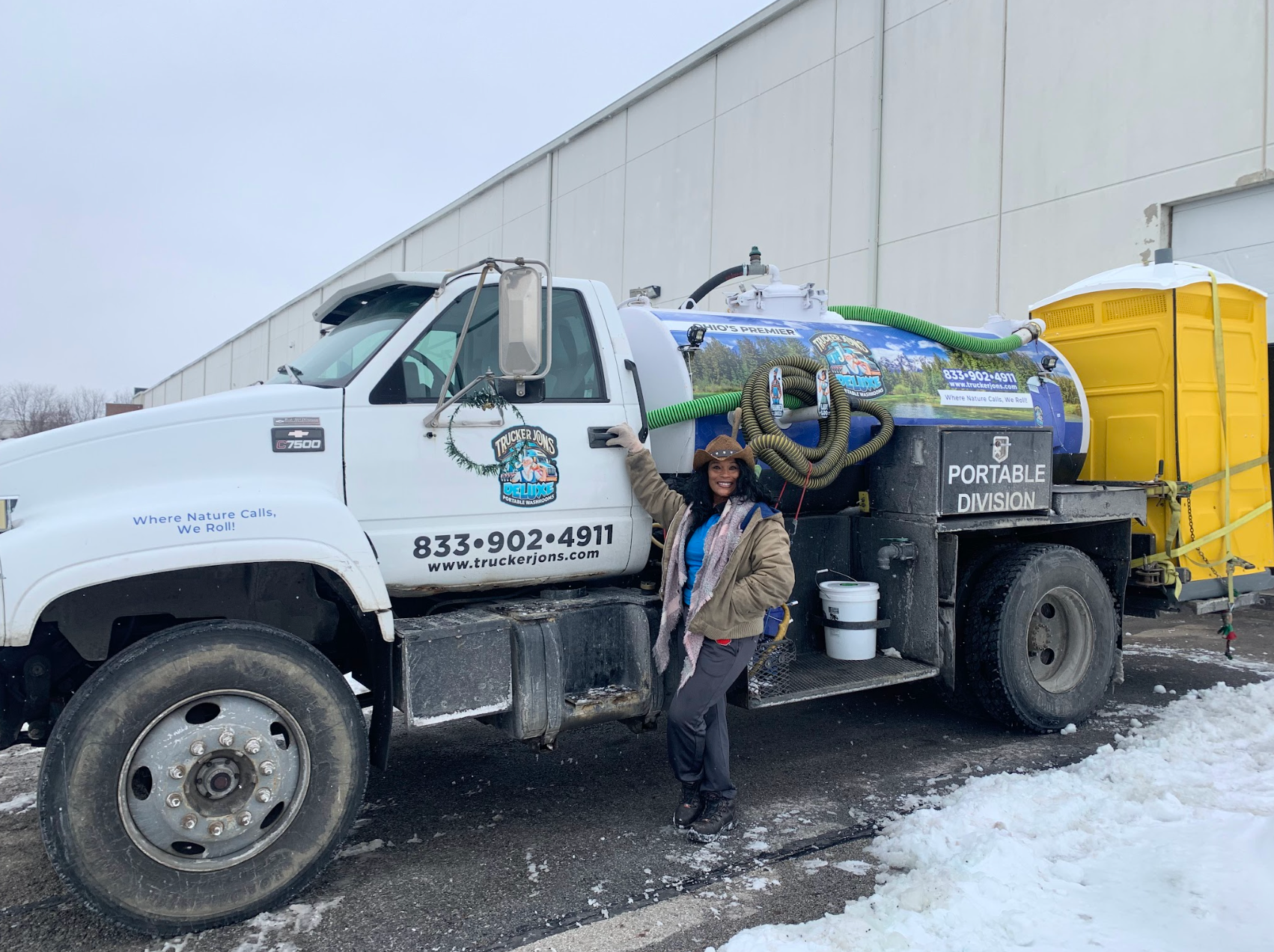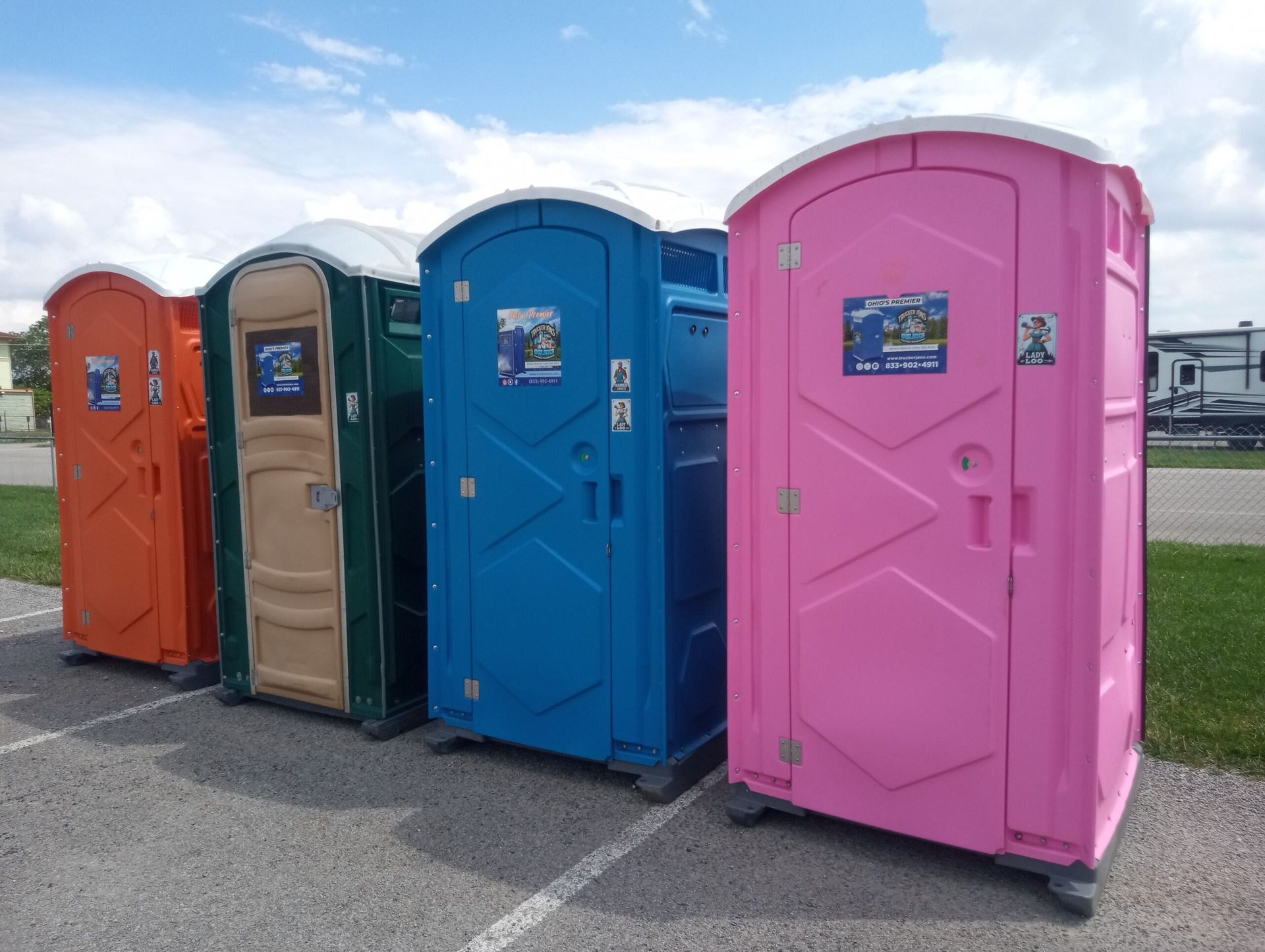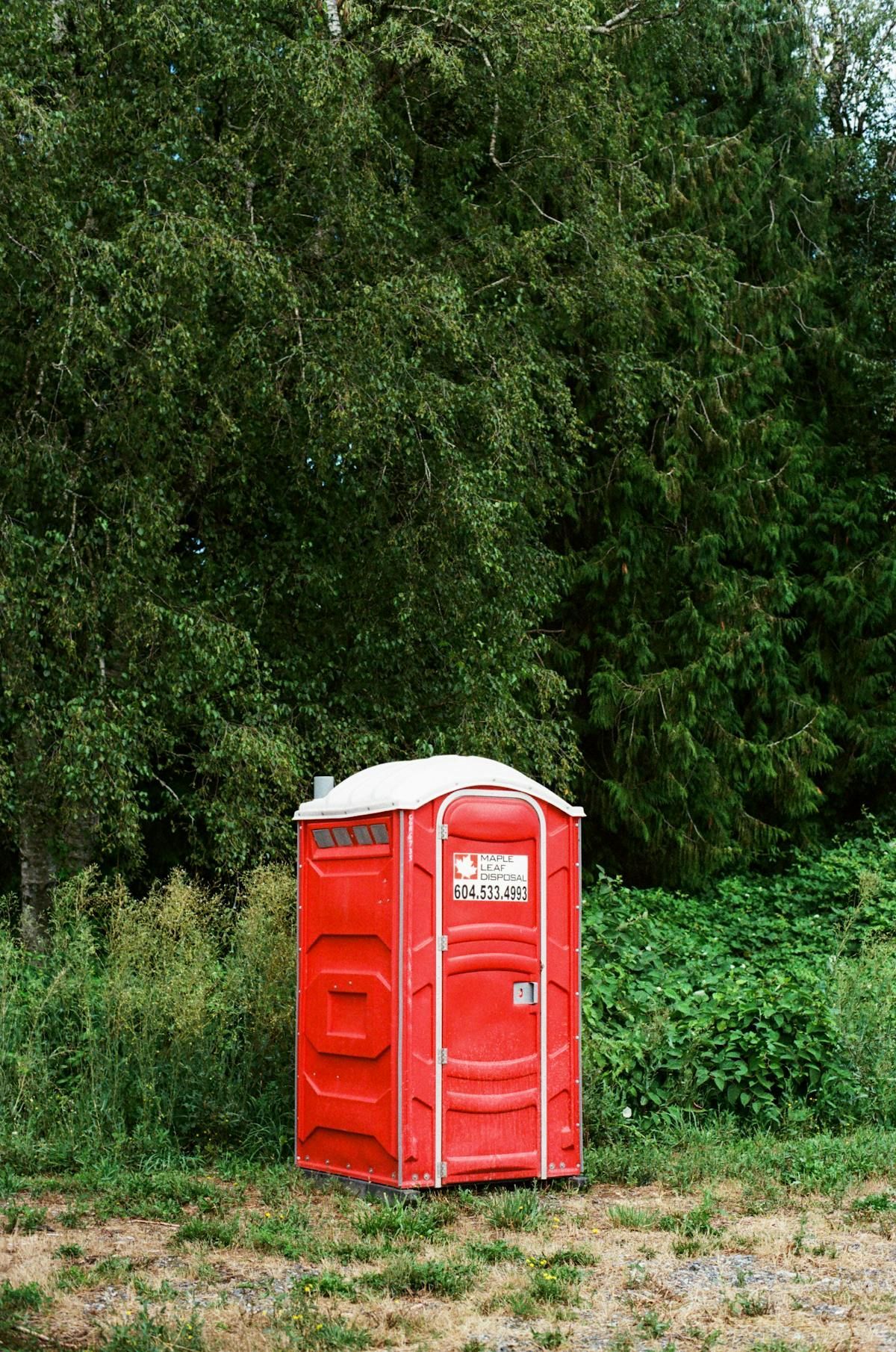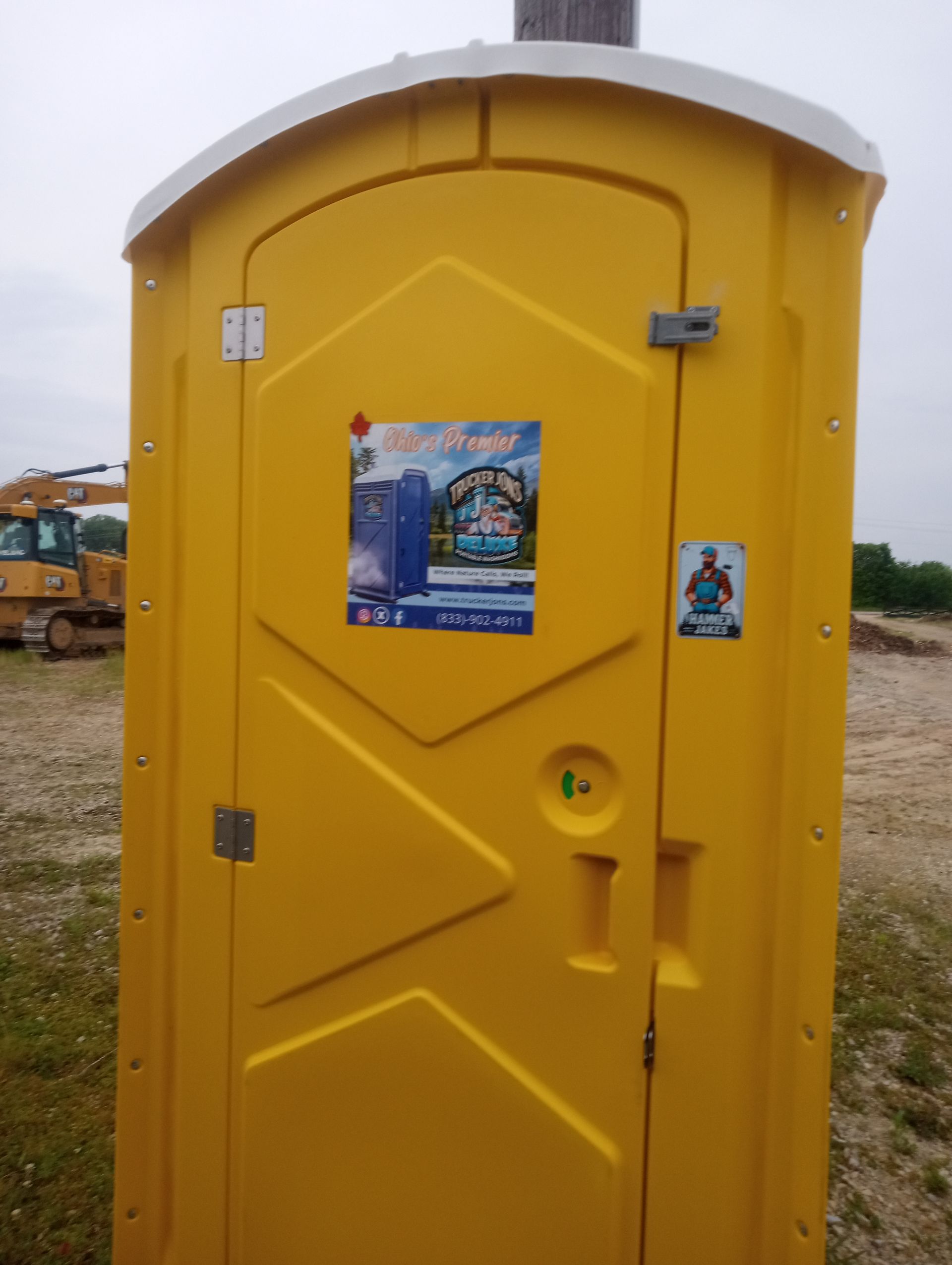Where to Buy Porta Potty Chemicals
Portable toilets rely on more than the familiar plastic shell to do their job well. The chemicals in a porta‑potty’s holding tank manage odor, break down waste and protect the health of users. Choosing the right product and supplier can improve sanitation while lowering your environmental impact. This guide explains how these chemicals work, highlights eco‑friendly alternatives, and shows you where to buy porta potty chemicals for events, construction sites or recreational use.
Understanding porta potty chemicals
The blue liquid you see at the bottom of a portable restroom isn’t simply colored water. Modern formulations mix biocides to reduce bacteria, enzymes to speed waste breakdown, and fragrances to mask odors. The blue dye hides unsightly waste and changes color as the tank fills, signalling when service is needed. In the past, formaldehyde was a common component because it preserves organic matter and kills microbes. As research linked formaldehyde exposure to respiratory irritation and environmental harm, manufacturers shifted to biodegradable ingredients such as enzyme mixtures and plant‑based fragrances. Understanding what’s in the holding tank underscores why selecting and handling chemicals matters.
Portable toilets do not flush waste away like household fixtures; waste sits in a sealed holding tank until it is pumped out. Without additives, bacteria would proliferate quickly, odors would be overwhelming and the tanks would fill with solid waste. When you fill the reservoir with deodorizing liquid, you start a chemical process that breaks down solids and deters harmful microbes while releasing a pleasant scent. That process keeps units sanitary between service intervals and protects service crews from dangerous pathogens.
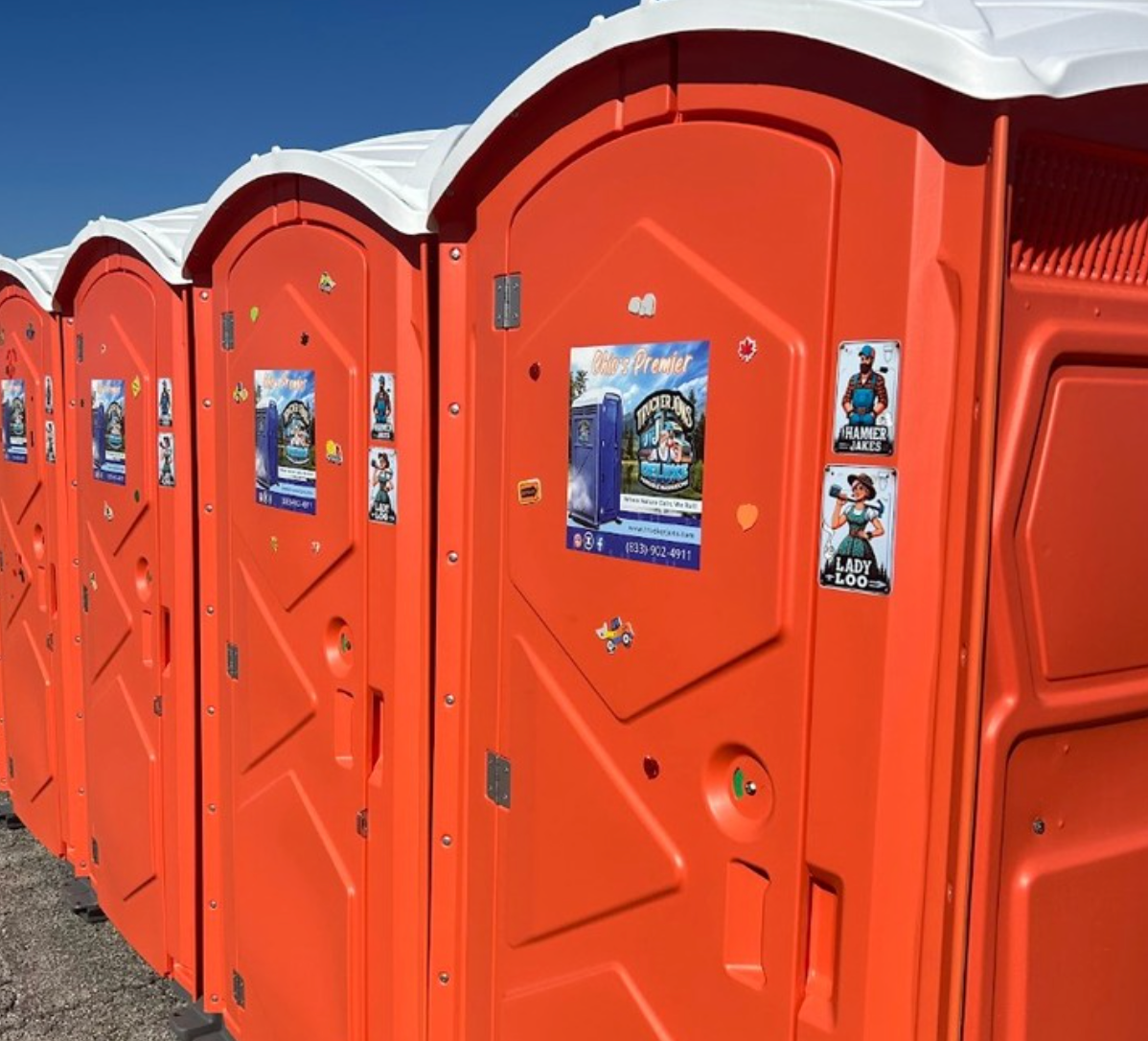
What is the best chemical for a porta potty?
“Best” depends on your priorities, but most operators look for products that control odors, break down waste efficiently and minimize environmental impact. Enzyme‑based deodorizers combine living bacteria or enzymes with fragrances and are increasingly popular because they digest organic matter and limit reliance on harsh biocides. Many professionals favour pre‑measured pods or sachets like Bio‑Pak, Odour‑B‑Gone and Aqua Kem Green because they dissolve quickly, release a consistent dose of biocide and fragrance, and are certified for septic systems. If you want a formaldehyde‑free option but still need strong odor control, look for quaternary ammonium compounds combined with enzymes; they suppress bacteria but break down more readily in treatment plants.
For an eco‑conscious solution, sodium percarbonate is an increasingly recommended ingredient. This oxygen‑based powder breaks down into soda ash and hydrogen peroxide, providing cleaning and deodorizing power without releasing toxic residues. Some premium formulas combine sodium percarbonate with eucalyptus oil, giving a fresh scent while accelerating waste breakdown. Always check that any product you choose is compatible with the disposal method you’ll use; some ingredients can harm septic systems or marine environments.
What is the chemical they put in porta potties?
Modern porta‑potty liquids typically include three types of active ingredients: dyes, biocides and enzymes. The dye is what turns the liquid blue, hiding the contents of the tank and giving a visual cue when it has been diluted by waste. Biocides such as glutaraldehyde or quaternary ammonium compounds inhibit the growth of odor‑causing bacteria and pathogens. Enzymes and live bacteria then break down solid waste and toilet paper into slurry, increasing the time between pump‑outs and making pumping easier. Finally, fragrances—often citrus or floral—mask any remaining odor and provide a more pleasant user experience.
While formaldehyde was once the primary biocide, it is no longer recommended. Articles on portable restroom servicing note that formaldehyde and similar harsh preservatives can kill beneficial bacteria in sewage treatment plants and septic systemsrvbooks.com.au. They are also linked to respiratory irritation and have even been suspected of causing cancer in high exposuresace1965.com. Today’s products rely on less toxic chemistry, but they still demand careful handling. Concentrated deodorizers can be hazardous; always follow manufacturer directions and review safety data sheets.
Why the blue liquid matters
The color of the liquid serves more than aesthetic purposes. Blue dye masks the appearance of waste; as the tank fills, the color changes to green, signalling that it’s time to service the unit. This color change helps attendants avoid overflow, ensuring that users always have a clean and safe facility. Additionally, the dye prevents sunlight from degrading the active biocides and enzymes, keeping the solution effective for longer. When you choose a porta‑potty chemical, consider whether the dye is stable in the temperatures and conditions where the unit will sit.
Eco‑friendly alternatives and DIY options
There is growing demand for green solutions that control odors without harming the environment. One popular do‑it‑yourself alternative is sodium percarbonate—also the active ingredient in many “oxygen bleach” laundry soakers. According to a chemistry professor quoted in a safe toilet chemical guide, sodium percarbonate powders contain 25–35 % active ingredient and can be purchased in bulk from homebrew supply shops for about $5.50 per kilo. When mixed with water, it releases oxygen that helps break down organic waste and neutralizes odors. For a typical portable toilet, mix two tablespoons of sodium percarbonate per liter of water in the holding tank and one tablespoon per liter in the flush reservoir.
Another simple DIY option combines dishwashing liquid with eucalyptus oil. The detergent emulsifies waste while the essential oil provides a natural fragrance and has mild antimicrobial properties. Pour two tablespoons of dish soap and a few drops of eucalyptus oil into the flush tank, then top with water. For holding tanks, a mix of laundry soaker (containing sodium percarbonate) and eucalyptus oil provides deodorizing power. Remember that while these homemade solutions are eco‑friendly and inexpensive, they may not offer the same long‑term odor control as commercial deodorizers, so you may need to service the units more frequently. If you’re not comfortable mixing your own chemicals, many suppliers now offer plant‑based formulas featuring citrus extracts, live bacteria cultures and biodegradable surfactants.
Where to buy porta potty chemicals
When you need to restock your holding tank treatments, you have a wide range of purchasing options. Specialized portable sanitation suppliers like PolyJohn and Satellite Industries sell concentrated liquids, packets and pucks designed for professional use. These companies also offer toilet paper, graffiti remover and fragrances—essential supplies for any Premium Portable Restroom Rentals service. Locally, janitorial supply stores and RV outfitters carry the same products in smaller quantities, making them ideal for individuals or small construction crews. Another option is to order chemicals from general retailers like Amazon or Walmart, which stock pods, gels and blue liquid from well‑known brands. This route is convenient for one‑time events or small fleets because you can read customer reviews and compare prices easily.
Eco‑friendly formulas such as sodium percarbonate can be purchased at homebrew supply shops, pool‑supply stores or online chemical vendors. These retailers often sell bulk quantities at low prices, letting you tailor your mix to your needs. When sourcing portable toilet chemicals, consider shipping restrictions—biocides may be classified as hazardous materials and require special handling. Some rental companies also sell supplies directly to clients; if you’re renting units from A Portable Rental Sanitation Company, ask whether they provide compatible chemicals to simplify maintenance. Likewise, those exploring Other Portable Rental Sanitation Services may find package deals that include cleaning supplies, deodorizer and waste disposal.
If you’d like an in‑depth overview of the chemicals themselves, Flood’s Royal Flush publishes an expert article on porta potty holding tank treatments that explains how biocides, enzymes and fragrances work together to keep restrooms sanitary. Such resources help you make informed buying decisions and appreciate what goes on behind the scenes.
How much do porta potty cleaners cost?
Costs vary widely depending on formulation, quantity and brand. For commercial “blue” liquid concentrates, prices typically range from $7 to $15 per gallon. A gallon treats several dozen units, so the cost per service is relatively low. Pre‑measured pods or sachets often come in packs of 20 to 50; expect to pay $10 to $30 per pack, with each pod treating one holding tank. Enzyme‑based formulas and plant‑based products may cost slightly more but offer better environmental performance and often require smaller doses.
Eco‑friendly alternatives such as sodium percarbonate are notably inexpensive. As noted above, you can buy 100 % sodium carbonate for around $5.50 per kilogram at brewing supply storesrvbooks.com.au. A kilogram contains dozens of treatments, making it a cost‑effective choice for small operations and DIY users. Keep in mind that some homemade recipes include essential oils or dish soap, which add a few dollars per gallon. When comparing costs, calculate not only the purchase price but also how many treatments you will get, shipping charges and whether the product requires expensive equipment (like chemical injection pumps) to use.
For large events or construction projects, some operators prefer to leave maintenance to professionals. Service companies include deodorizer and cleaning in their weekly rental rates, which simplifies budgeting and ensures compliance with regulations. If you’re curious about overall maintenance expenses, How Much Does It Cost to Empty a Porta Potty? provides detailed insights into service fees and schedules.
What is the alternative to portable toilet chemicals?
Beyond commercial products and simple DIY recipes, there are innovative alternatives that minimize chemical use. Biological treatments harness strains of bacteria that digest waste and suppress odors naturally. These microbial cultures are supplied as powders or tablets; when activated with water, they colonize the holding tank and break down solids over time. Because they rely on natural processes, they are safe for disposal in most sewage systems and are considered septic‑friendly.
Another emerging option is composting additives used in waterless composting toilets. These additives, often based on sawdust, peat moss or coconut coir, absorb liquid and provide aeration for composting. While not suitable for standard portable restrooms, they show how sanitation technology is evolving toward zero‑waste systems. For conventional porta potties, choosing biodegradable liquids, enzyme‑rich pods or sodium percarbonate mixtures remains the most practical alternative. Regardless of the method, avoiding formaldehyde‑based chemicals protects both human health and the environment.
Additional considerations and safety tips
Purchasing the right chemical is only part of the equation. Proper handling, storage and application determine how well the product works and how safe it is. Always follow the mixing ratios recommended by the manufacturer or by reliable guides; too little product will result in poor odor control, while too much can create excessive foam or harm the toilet components. Store chemicals in a cool, dry place away from direct sunlight to preserve active ingredients, and keep them out of reach of children and pets. When handling concentrated deodorizers or biocides, wear gloves and eye protection and avoid inhaling vapors.
Another important factor is compatibility with your disposal method. Some chemicals, particularly those containing glutaraldehyde or quaternary ammonium compounds, may disrupt septic systems or harm aquatic life if dumped into natural environments. Before selecting a product, verify that local regulations allow its disposal into municipal sewage treatment plants or landfills. For operations that manage a fleet of units, train staff on safe dosing and include cleaning supplies like graffiti removers and fragrance discs to enhance the user experience. Consistent maintenance and responsible chemical use keep portable restrooms sanitary and extend the life of your equipment.
Final thoughts on buying and using porta potty chemicals
The world of portable sanitation has come a long way from the days of harsh formaldehyde. Today’s options offer better odor control, faster waste breakdown and a gentler footprint on the environment. Whether you choose enzyme‑rich pods from a sanitation supplier, mix your own formula using sodium percarbonate and essential oils, or invest in biological treatments, the key is understanding how the chemicals work and where to buy porta potty chemicals that suit your needs.
If you run Premium Portable Restroom Rentals or are part of Other Portable Rental Sanitation Services, sourcing high‑quality products will keep clients happy and protect your reputation. For individual users and small crews, local RV stores, camping supply shops and online retailers offer convenient access to a range of options. And if you ever wonder about the broader costs of portable toilet maintenance, check out How Much Does It Cost to Empty a Porta Potty? to get a full picture of the service side. By making informed choices and prioritizing eco‑friendly solutions, you can provide clean, comfortable facilities and contribute to a healthier environment.
